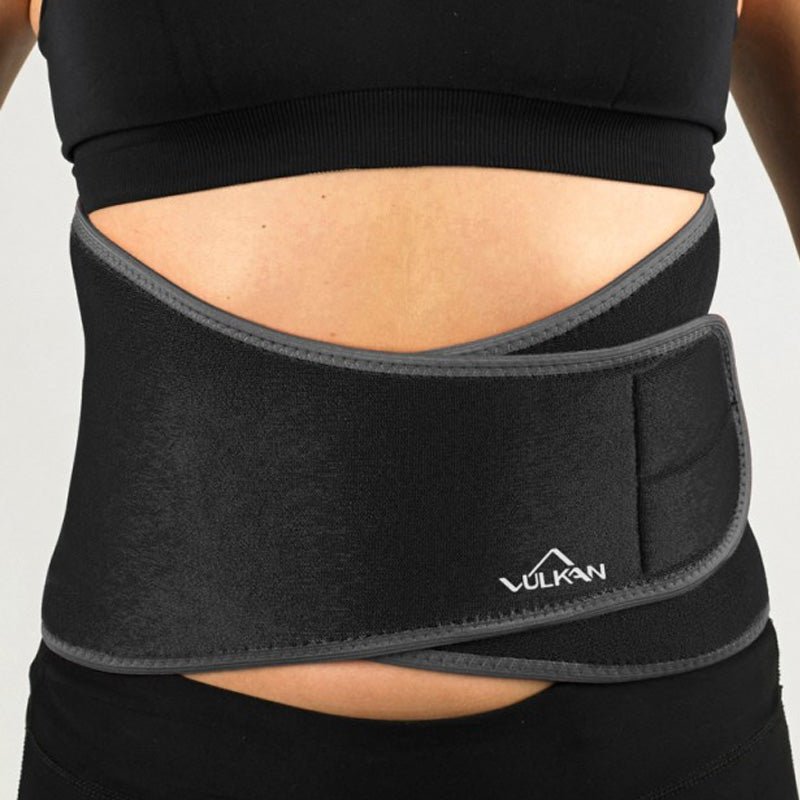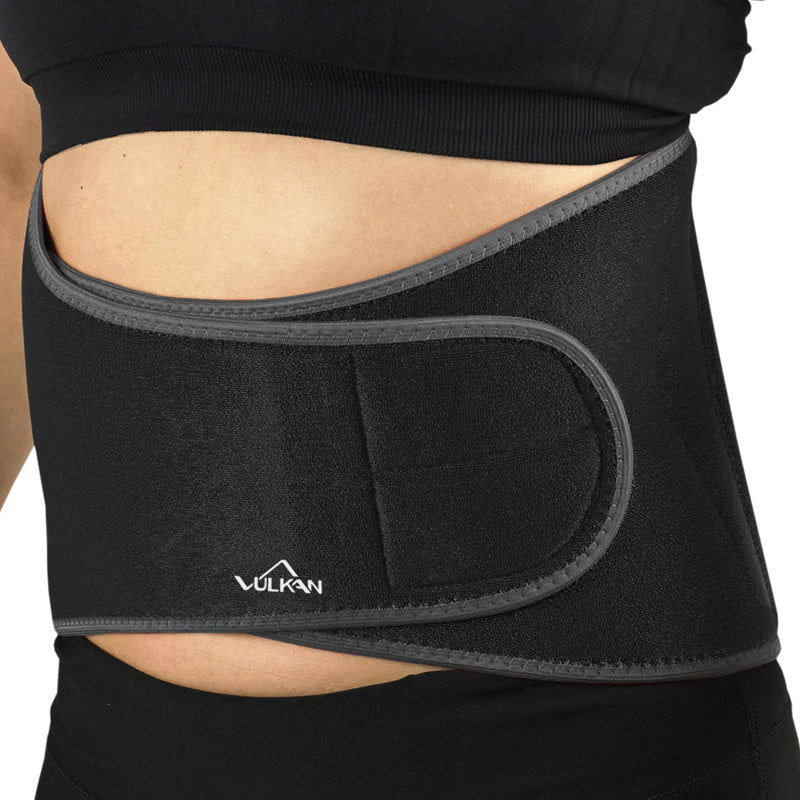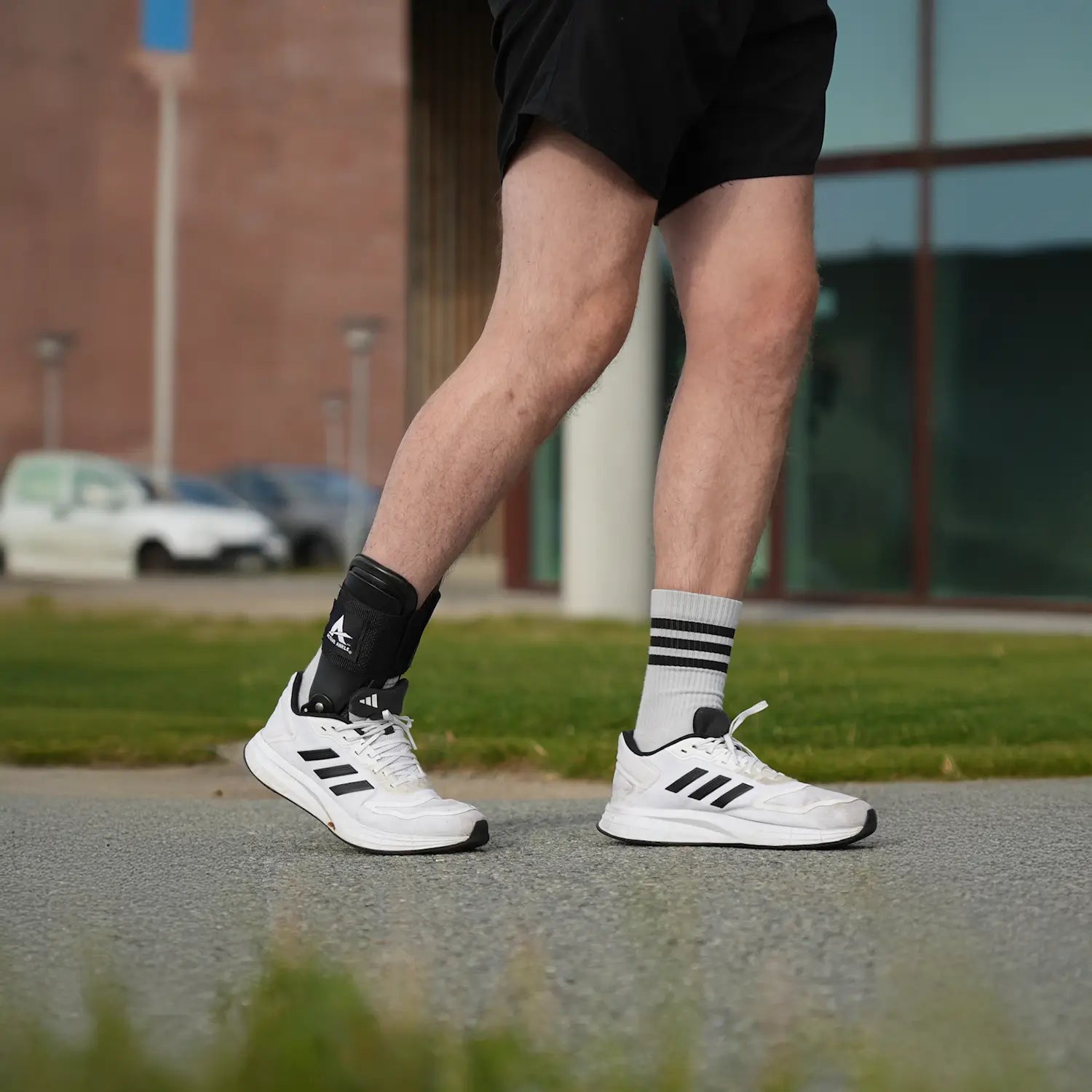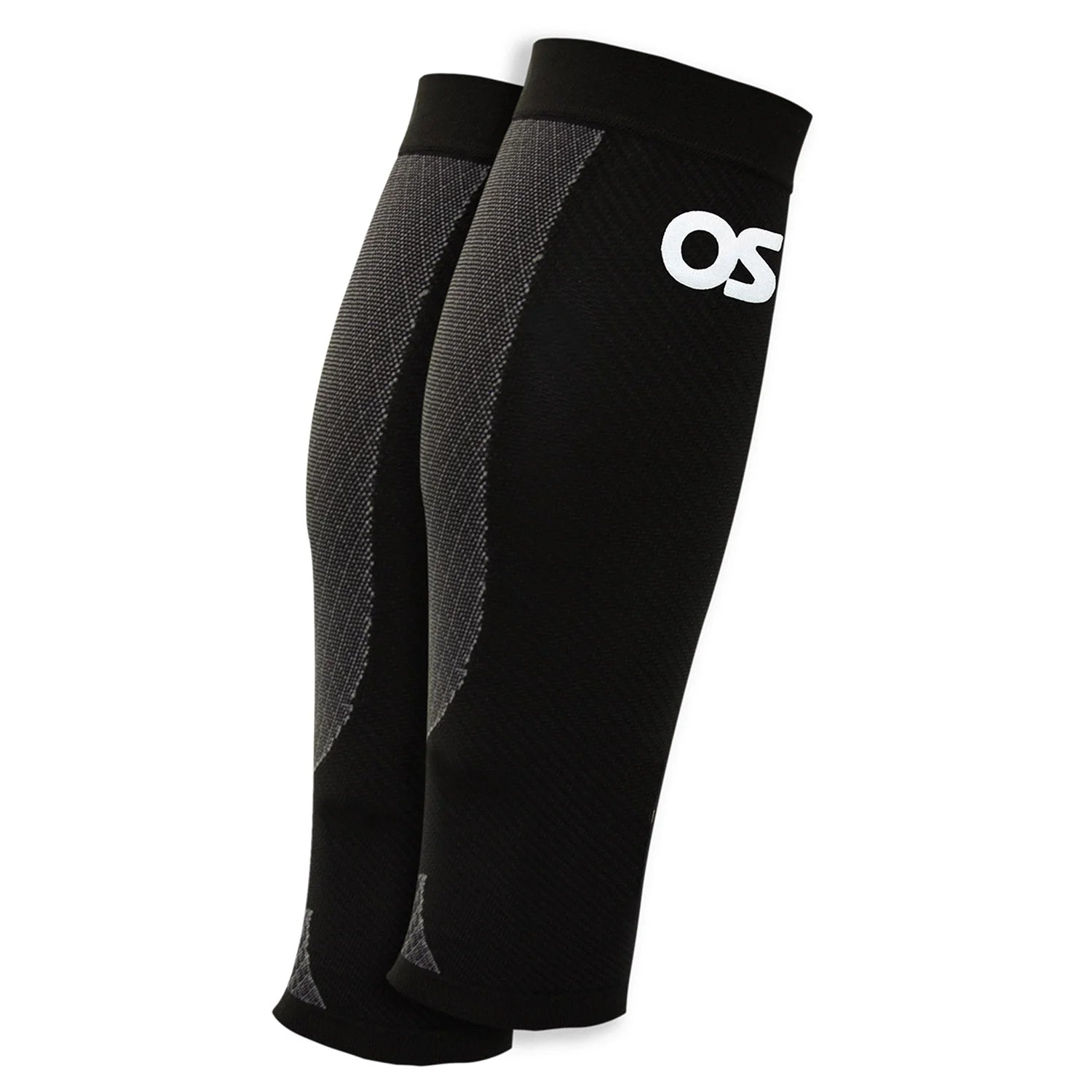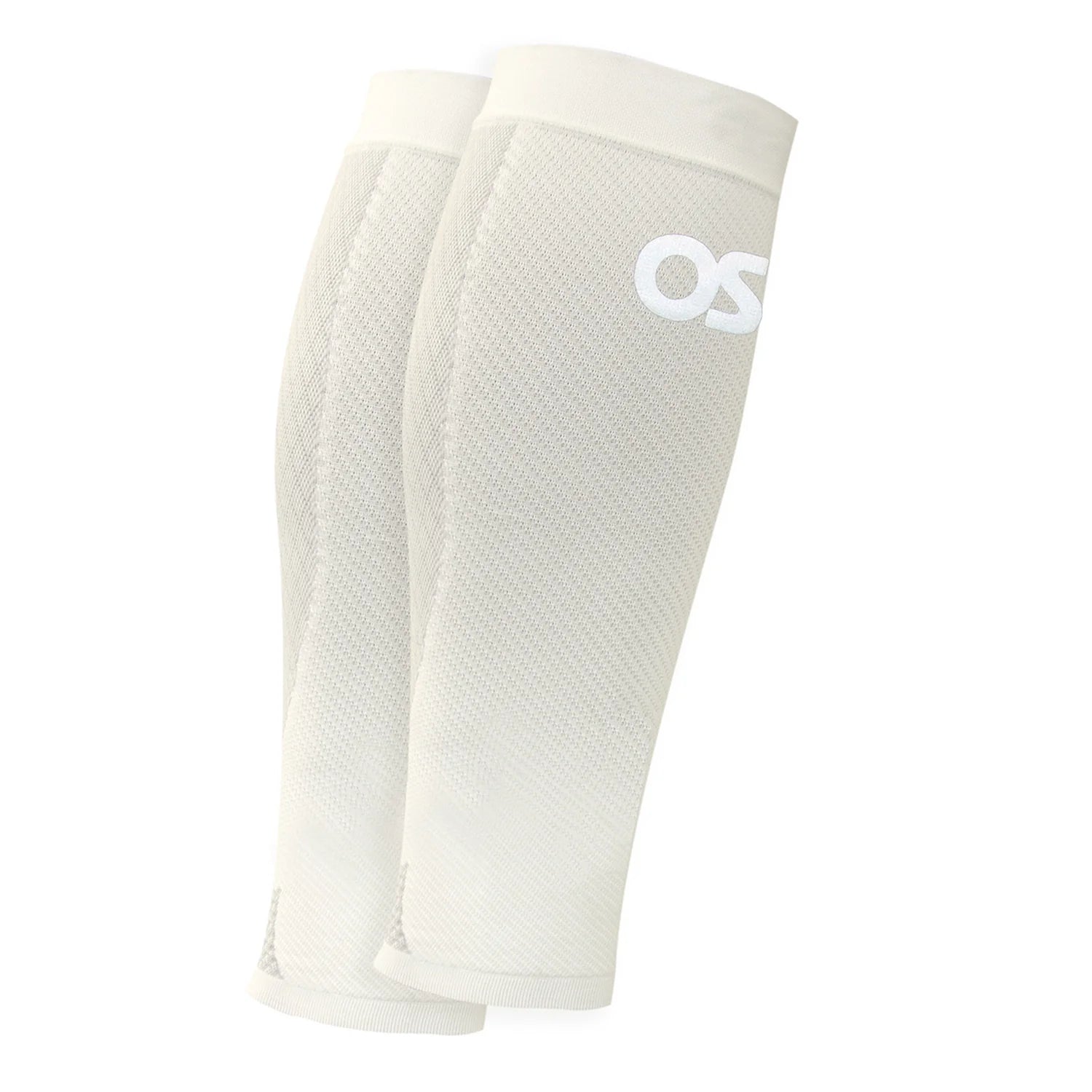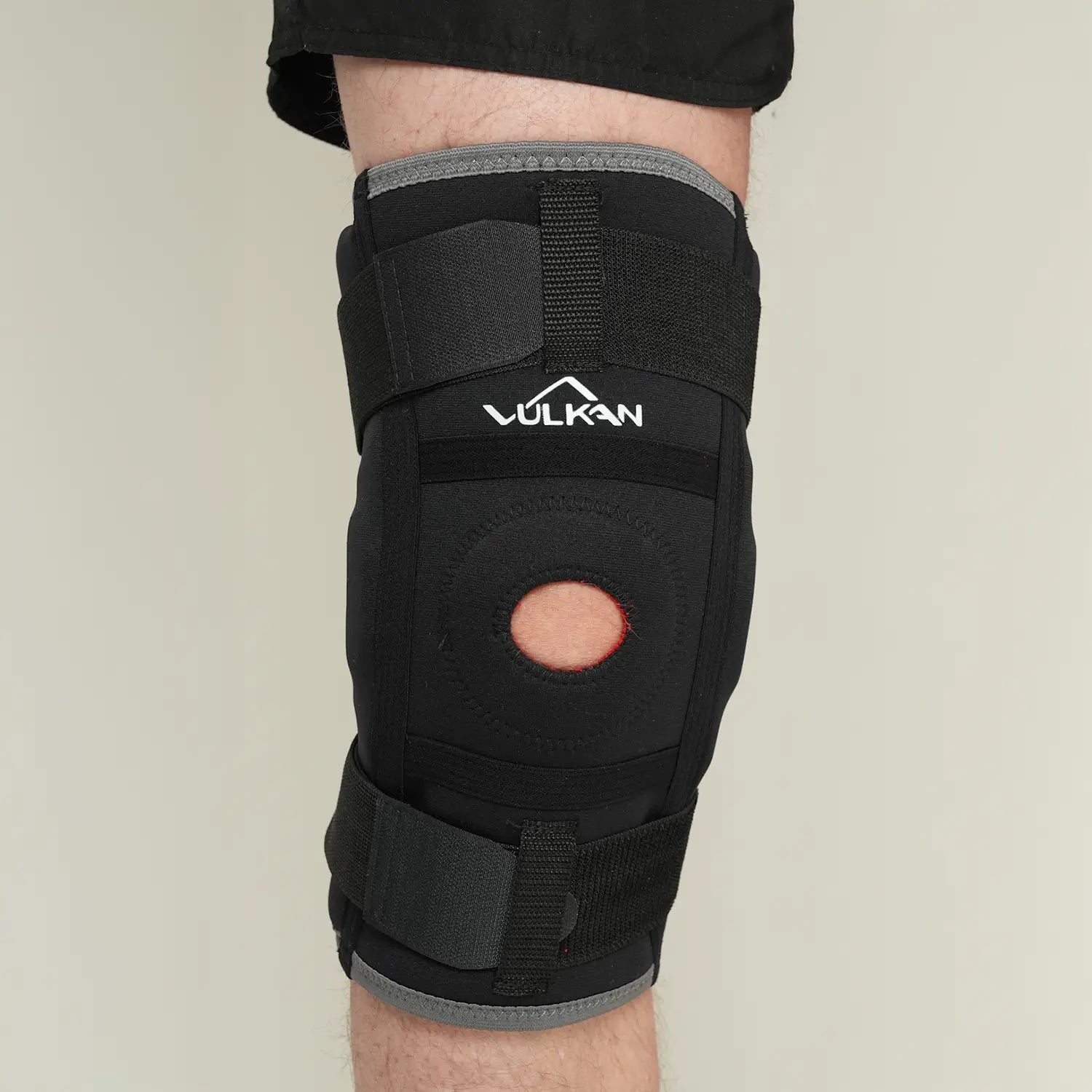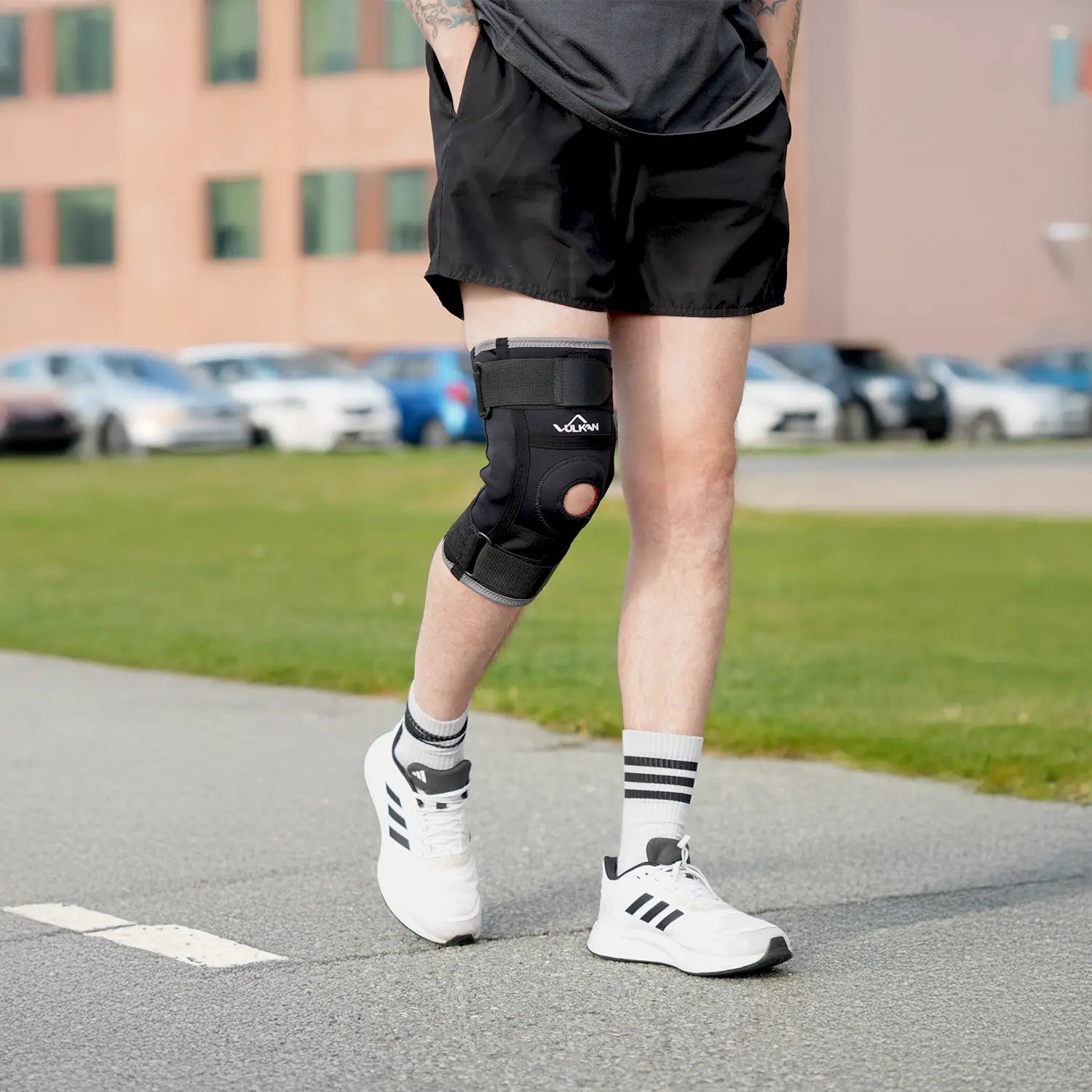
Hallux rigidus – Stiff big toe joint
Table of contents
Hallux rigidus is a condition in which the base of the big toe gradually becomes stiff and painful when you put weight on it. The condition often begins insidiously with pain or stiffness when you walk, run or bend your toe. It is common to feel more discomfort in cold and damp weather or after periods of increased activity. The problem most often affects people over 50 years of age but can also occur in younger people, especially if you have a history of injury or prolonged overuse.
Symptoms of hallux rigidus
The most common symptoms of hallux rigidus are:
- Stiffness and pain in the base of the big toe
- Difficulty bending the big toe upwards
- Pain that worsens with walking or straining
- Swelling and tenderness around the joint
- Sometimes a bony growth is visible on the top of the big toe joint
Causes
Hallux rigidus usually develops when the cartilage in the big toe joint gradually wears down and the joint becomes less mobile. This can be due to hereditary factors, previous injuries to the toe, or repeated stress that causes wear and tear over time. In some people, rheumatic diseases or obesity contribute to an increased risk. In many cases, it is a combination of factors that lead to the cartilage breaking down and the joint becoming stiff and painful.
Diagnosis
When you seek treatment for a stiff big toe or recurring pain, a clinical examination is first performed where the doctor checks the mobility and pain in the joint. X-rays are often taken to assess how much cartilage has disappeared and whether there are bone deposits that affect mobility. The diagnosis is made based on an overall assessment of your symptoms and how the joint looks on X-ray.
Treatment
For mild symptoms, it is often recommended that you switch to shoes with a stiffer sole or a roller sole, which reduces the pressure on the big toe joint when you walk. Orthotics or inserts can help relieve the joint and distribute the pressure more evenly across the foot. Painkillers can be used if necessary to reduce pain and inflammation. Physiotherapy can be useful to strengthen the muscles of the foot and lower leg and thereby relieve the pressure on the big toe joint. If the symptoms do not decrease with self-care or assistive devices, surgery may be considered. In this case, there are various surgical methods, such as removing bone spurs or stele surgery on the joint to eliminate the pain.
Prevention
To reduce the risk, it is a good idea to choose shoes that do not pinch the toes and that have arch support. It is also important to avoid overuse, especially if you have had problems with your feet in the past. Regular toe range of motion exercises can help maintain mobility in the joint.
Recommended products
Can I exercise with hallux rigidus?
It is often fine to continue being physically active, but it is wise to avoid activities that put a lot of strain on the big toe, such as running on hard surfaces or certain ball sports. Swimming, cycling, and walking in shoes with roller soles tend to work better.
When should I seek medical attention?
You should contact a doctor if you experience persistent pain, stiffness, or if the joint swells and makes it difficult to walk. Early assessment provides a better chance of reducing the discomfort.
What can I do myself to relieve the pain?
Wearing shoes with good support, avoiding high heels, and using inserts or orthotics when necessary are important measures. It is also good to keep up with movement training and avoid prolonged stress on the big toe.
Is there any treatment that cures hallux rigidus?
In the early stages, self-care, custom shoes, and assistive devices can reduce symptoms. In more severe cases, surgery may be a solution to regain better function and reduce pain.



